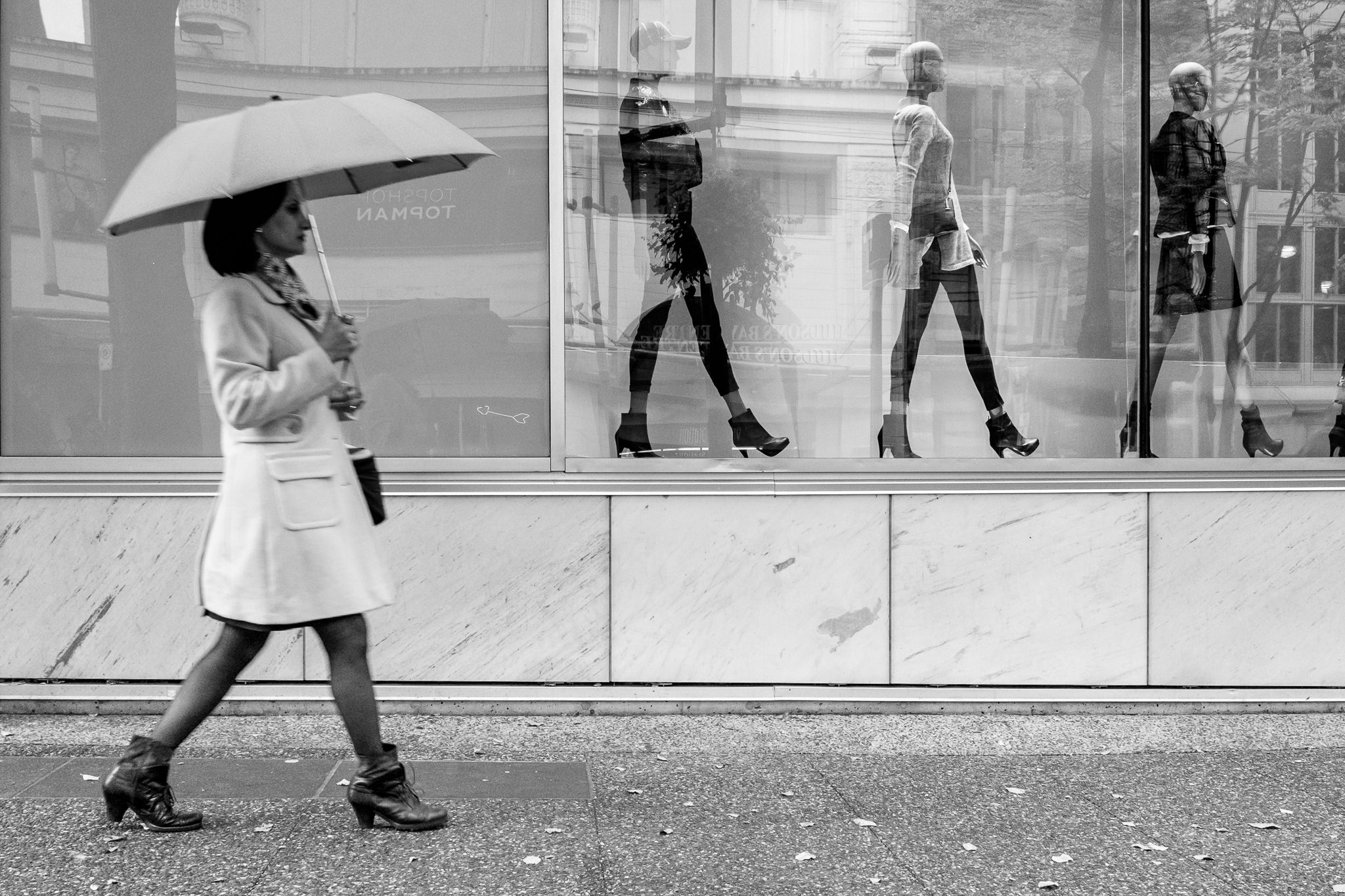The smart Trick of Framing Streets That Nobody is Talking About
Rumored Buzz on Framing Streets
Table of ContentsUnknown Facts About Framing StreetsThe Main Principles Of Framing Streets The smart Trick of Framing Streets That Nobody is Talking AboutThe 30-Second Trick For Framing Streets

Both at the Gallery of Modern Art (Mo, MA). Influenced by Frank, in the 1960s Garry Winogrand, Lee Friedlander and Joel Meyerowitz began photographing on the roads of New York. Phil Coomes, composing for BBC News in 2013, claimed "For those of us thinking about street digital photography there are a few names that attract attention and one of those is Garry Winogrand"; critic Sean O'Hagan, composing in in 2014, said "In the 1960s and 70s, he specified street digital photography as a mindset along with a style and it has actually laboured in his shadow since, so clear-cut are his pictures of New York." Going back to the UK in 1965 from the United States where he had fulfilled Winogrand and adopted road digital photography, Tony Ray-Jones transformed a wry eye on frequently surreal groupings of British individuals on their holidays or joining events.
Street photography is a substantial genre that can be specified in many methods, however it is frequently defined by the spontaneous capturing of an unrepeatable, fleeting moment, usually of the everyday going-ons of unfamiliar people. It is classically shot with broader angle lenses (e. g. 35mm) and generally features urban atmospheres.
More About Framing Streets
Documentary digital photographers generally have a defined, premeditated message and an intention to record particular occasions in background (https://www.avitop.com/cs/members/framingstreets1.aspx). The range of the documentary technique includes facets of journalism, art, education, sociology and background. In social investigation, documentary photos are commonly planned to provoke, or to highlight the requirement for, social change
Street digital photography is typically viewed as unposed and candid, however there are a couple of street professional photographers that interact with unfamiliar people on the roads and take their portraits. Street pictures are unplanned portraits taken of unfamiliar people while out doing road photography, nevertheless they are viewed as presented due to the fact that there is interaction with the subject.
Photographing people and places in public is legal in many countries safeguarding flexibility of expression and journalistic flexibility. There are normally limitations on exactly how pictures of people might be made use of and most nations have details regulations pertaining to individuals's personal privacy.
Not known Details About Framing Streets
Of liberty of expression. While likewise restricting digital photography in order to shield privacy rights, street digital photography can still be lawful in France when gone after as an art kind under certain situations.

. that simply roamed into a scene), or that are not even recognizable in the image. https://www.storeboard.com/framingstreets. It additionally does not normally include people that are somebodies (e. g - 50mm street photography. political leaders or stars). If a picture is taken into consideration art, the courts will likewise consider the professional photographer's liberty of artistic expression; indicating that "artistic" road digital photography can still be lawfully released in particular cases
About Framing Streets
Photographing the cops and publishing the pictures is likewise legal.
In Hungary, from 15 March 2014 anyone taking pictures is technically damaging the law if somebody wanders right into shot, under a new civil code that bans taking pictures without the permission of every person in the photograph - vivian maier. This expands the legislation on grant include the taking of photos, in enhancement to their publication
'Surprise photography' (kakushidori concealed, our website surreptitious photography) 'stolen digital photography' (nusumitori with no intent of obtaining consent) and "quick digital photography' (hayayori prior to permission and refusal can be provided) are prohibited unless in the previous approval is gotten from the subject instantly after taking the picture. Individuals have civil liberties to their photos (shzken, droit de photo).